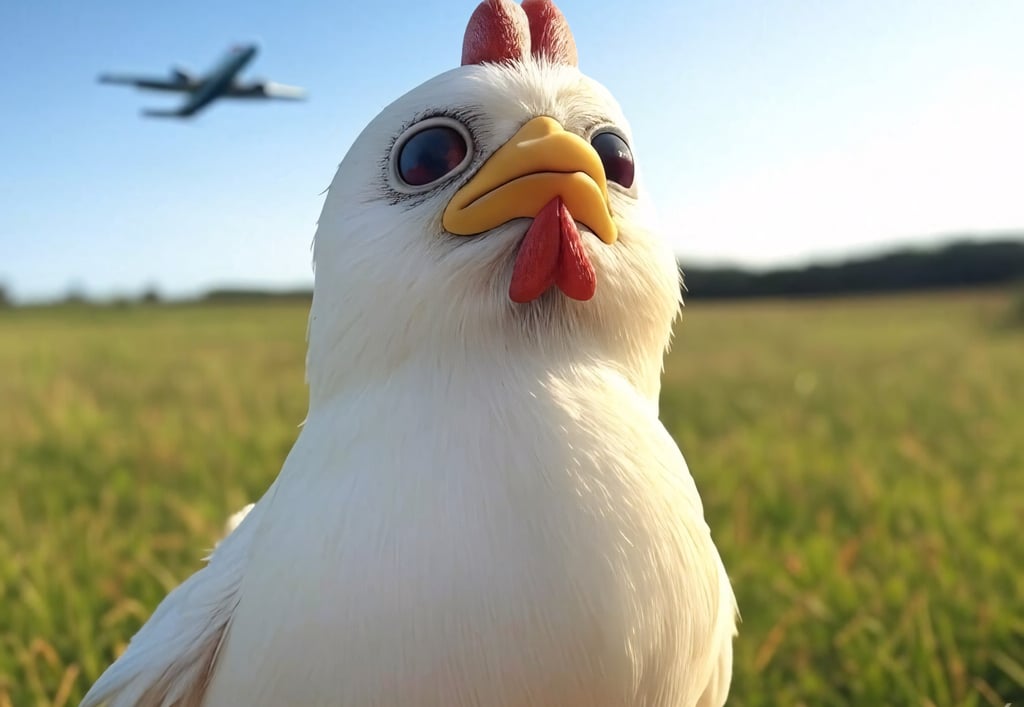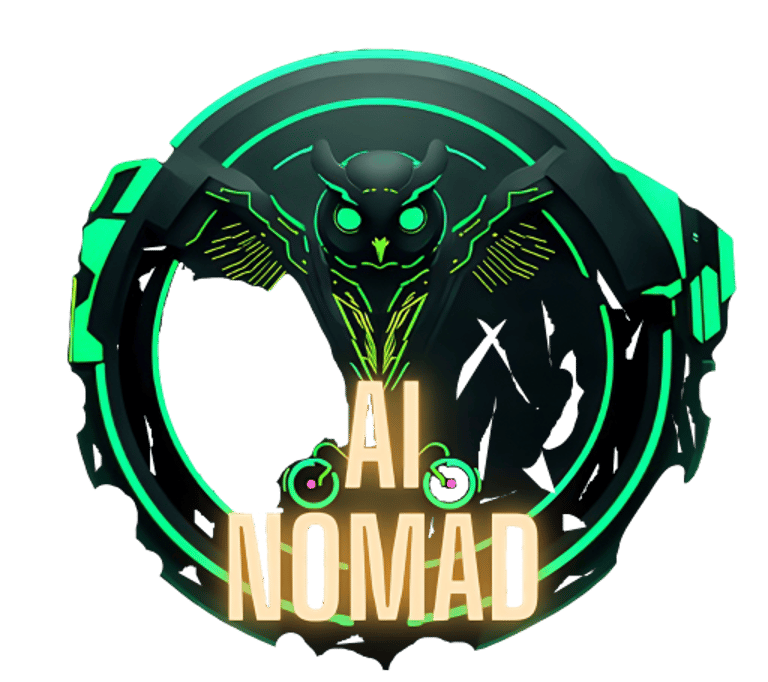When Law Meets Progress: How Innovation Redefines Ownership and Rights
A deep dive into how legal principles evolve when groundbreaking technologies reshape civilization. From the 1945 Supreme Court ruling on airspace ownership to today's AI revolution and copyright law.
AI
Ai Nomad
2/12/20253 min read


In 1945, a landmark legal case forever changed the way we perceive property rights. Before this case, American common law followed the ancient principle of Cuius est solum, eius est usque ad coelum et ad inferos—meaning landowners held rights not just to their land, but to the air above and the ground below, extending infinitely. However, when military aircraft began flying at low altitudes over private property, this legal doctrine faced a direct challenge.
The case, United States v. Causby, was brought by Thomas Lee Causby, a North Carolina farmer whose chicken farm was severely impacted by low-flying military aircraft. The constant noise and disturbance caused by the planes led to the death of his chickens, as they panicked and flew into the walls of their enclosure. Causby argued that this invasion of his airspace rendered his property unusable and that he was entitled to compensation from the government.
In United States v. Causby, the Supreme Court ruled that such an interpretation was no longer feasible in the modern age. Justice William O. Douglas famously stated:
"It is ancient doctrine that at common law ownership of the land extended to the periphery of the universe—Cujus est solum, ejus est usque ad coelum. But that doctrine has no place in the modern world. The air is a public highway, as Congress has declared. Were that not true, every transcontinental flight would subject the operator to countless trespass suits. Common sense revolts at the idea."
This ruling wasn’t just about property rights; it was about the evolution of law in response to technological advancement. Had the court upheld the old doctrine, air travel—one of the greatest advancements of the 20th century—could have been paralyzed by endless lawsuits. Instead, the court recognized that the welfare of an entire civilization outweighed the inconvenience faced by a few landowners.
The Parallels to AI and Copyright Law
Today, we stand at a similar crossroads with artificial intelligence and copyright law. Just as aviation forced a legal rethinking of property rights, AI challenges the traditional framework of intellectual property. Many argue that existing copyright laws, designed for an era of human-generated content, are now an impediment to progress.
The ability of AI to generate art, music, literature, and even scientific discoveries is an unprecedented leap forward. But strict copyright protections—designed for a world without AI—threaten to stifle innovation. If AI-generated content is perpetually entangled in restrictive ownership claims, we risk limiting the very tools that could propel humanity into new frontiers of creativity and efficiency.
If the Causby case taught us anything, it’s that when a new technology revolutionizes society, the law must adapt—not the other way around. Holding on to outdated legal structures in the name of protecting a small subset of stakeholders can ultimately hinder progress for all.
The Future: Balancing Rights with Advancement
The goal of legal frameworks should be to facilitate growth while ensuring fairness. In the case of air travel, the compromise was clear: while landowners lost infinite airspace rights, they still retained protection from low-flying disturbances. Similarly, with AI and copyright, a middle ground can and should be found—one that acknowledges AI’s role in creative processes without allowing monopolization of fundamental innovations.
Technological progress waits for no one, and history has shown that societies willing to embrace change thrive. Just as we redefined airspace rights in the 20th century, we must now reconsider intellectual property in the age of AI.
Lawrence Lessig: A Voice for Change
If you are interested in exploring more about how laws should evolve in the digital era, I highly recommend checking out the work of Lawrence Lessig. He is a legal scholar, professor, and activist who has long argued for a reformed copyright system that fosters creativity and innovation rather than stifling it. His insights are invaluable in today’s AI-driven world.
Check out his TED talk here: Lawrence Lessig: Laws that choke creativity
